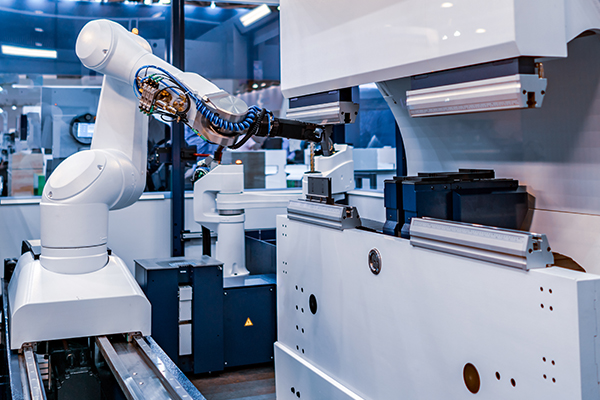As a key actuator in the pneumatic system, the core function of the vacuum suction cup is to use the negative pressure environment generated by the system to achieve non-mechanical grasping and fixing of objects. In typical applications, the component effectively applies negative pressure to the load surface through the closed area formed by its contact interface to generate the necessary adsorption force. Its contact interface usually uses a composite material with specific elasticity and airtightness, which can form an adaptive seal when under pressure, effectively isolate the external atmospheric pressure, and thus maintain a stable vacuum state inside.
This component works in conjunction with pneumatic units such as vacuum generators and control valves. Its adsorption and release responses are rapid and it has a certain adaptability to the surface state of the load. Its structural design focuses on ensuring reliability and durability under negative pressure conditions, while taking into account the transient response requirements when the load is detached. As a vacuum actuator, its performance is directly related to the overall pneumatic system's grasping stability and handling efficiency of the adsorption target.


